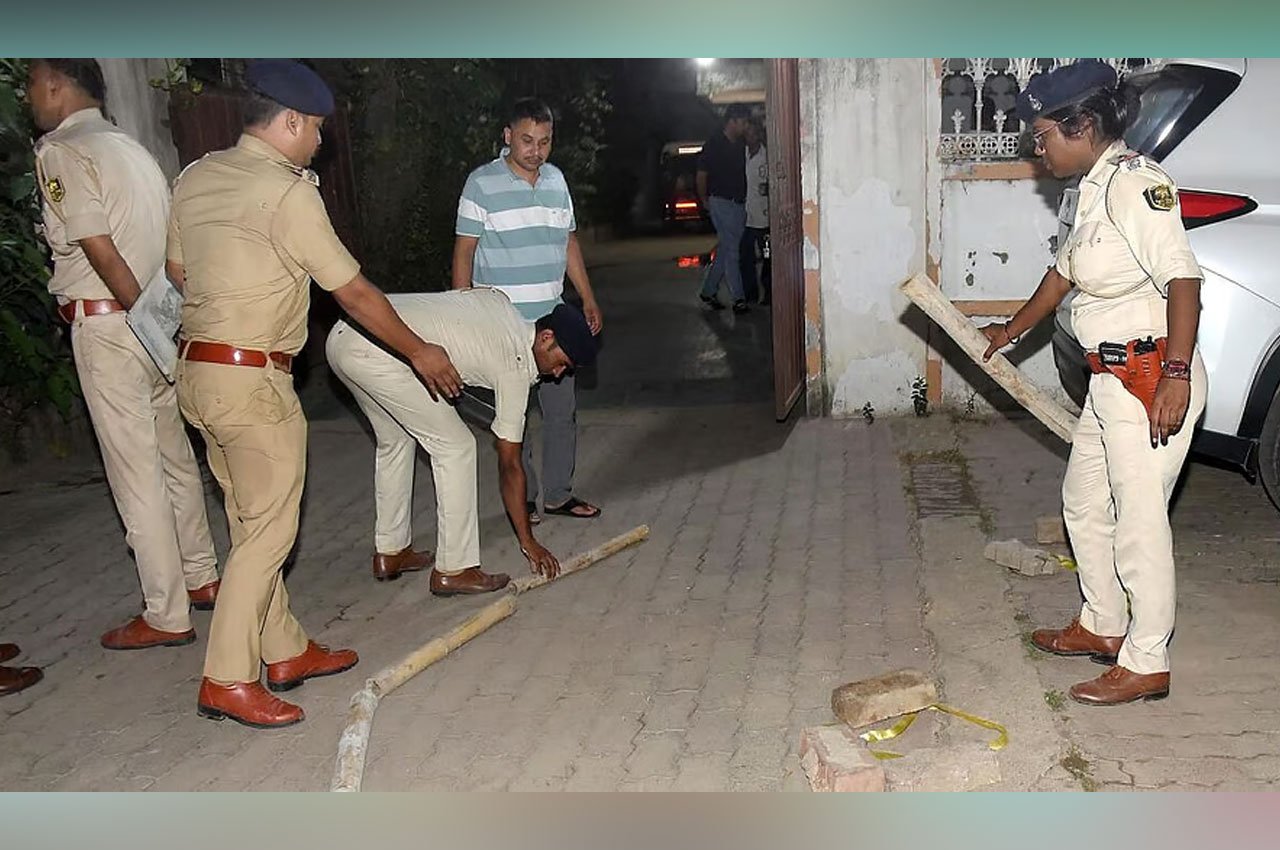In a dramatic turn of events, a tsunami hit Russia’s Kamchatka coast after an 8.8 magnitude earthquake rocked the region early Tuesday morning, triggering widespread panic and a chain reaction of tsunami alerts across the Pacific. The powerful undersea quake, one of the strongest recorded in recent years, struck near the remote Russian city of Petropavlovsk-Kamchatsky, sending towering waves as high as four meters crashing into coastal settlements.
Waves Inundate Russian Far East
According to The Times of India, the epicenter of the quake was located in the Pacific Ocean, approximately 120 kilometers southeast of Kamchatka’s capital. The tremor hit around 8:25 am local time, shaking buildings and prompting immediate evacuations in the sparsely populated peninsula. The small town of Severo-Kurilsk on Paramushir Island experienced waves up to four meters high. Videos from the region showed streets submerged, waterfront buildings inundated, and terrified residents fleeing to higher ground.
Authorities confirmed that a newly built airport terminal and a kindergarten suffered structural damage. Several people sustained injuries – most during chaotic evacuations, with at least one individual reportedly jumping out of a window. Thankfully, no fatalities were reported at the time of publication, though search and assessment efforts are still underway.
Japan Sounds National Tsunami Alarm
In neighboring Japan, the tremors set off immediate concerns. The Japan Meteorological Agency issued a tsunami warning covering almost the entire eastern coastline. More than 900,000 people across 133 municipalities were instructed to evacuate. While initial waves recorded on Japanese shores were less than a meter in height, authorities remained on high alert, urging citizens not to return to low-lying areas until the threat had fully passed.
Precautionary evacuations were also carried out at the crippled Fukushima Daiichi nuclear plant, though no damage was reported. Prime Minister Fumio Kishida addressed the nation, asking people to remain calm but vigilant, while emergency response teams were placed on standby for potential rescues and relief efforts.
Tsunami Watches in Hawaii, Alaska, and U.S. West Coast
Across the Pacific, the impact of the massive quake reverberated far beyond Russia. The Pacific Tsunami Warning Center issued alerts for Hawaii, Alaska, and the west coast of the United States, including California, Oregon, and Washington. In Hawaii, tsunami sirens blared across the islands and beachgoers were asked to evacuate immediately.
Although wave heights were expected to be relatively minor along the U.S. mainland -generally less than a foot—emergency officials did not take any chances. In California’s coastal counties like Monterey and Santa Cruz, advisories urged vessels to avoid harbors, and residents were warned to steer clear of the shore.
Pacific Nations on Edge
The chain reaction of tsunami warnings extended to nations across the Pacific Rim. From Taiwan and the Philippines to New Zealand and Chile, authorities activated coastal alert systems and advised fishermen, tourists, and residents to evacuate low-lying regions. In Indonesia and Papua New Guinea, emergency teams were placed on high alert while communities braced for possible waves in the following hours.
Ecuador and Peru also monitored potential threats closely, especially in historically tsunami-prone areas. In many cases, the wave heights were predicted to remain under a meter, but experts noted that localized topography could result in significantly higher surges in vulnerable bays and inlets.
One of the Strongest Quakes in Decades
Seismologists described the earthquake as one of the strongest to hit the Kamchatka region in over 70 years. The quake’s shallow depth – approximately 19 kilometers beneath the seabed – combined with its magnitude made it especially dangerous. The last event of similar scale in the region dates back to the 1952 Severo-Kurilsk earthquake, which triggered an 18-meter tsunami and claimed thousands of lives.
Geological agencies initially rated the quake between 8.0 and 8.7, but later revised it upwards to 8.8, ranking it among the most powerful seismic events recorded globally this century. Scientists have warned that powerful aftershocks, possibly exceeding magnitude 7.5, could strike the region in the coming days.
Global Tsunami Watch Continues
As of now, the most immediate threat has receded, but tsunami watches remain in effect for various parts of the Pacific. Emergency services continue to monitor water levels, coastal activity, and seismic patterns closely. Residents across the Pacific Rim are being urged to stay updated through official channels and avoid returning to coastal areas until all-clear signals are given.The tsunami that hit Russia’s Kamchatka coast after the 8.8 magnitude earthquake has once again highlighted the volatility of the Pacific’s “Ring of Fire,” reminding the world of the catastrophic potential of tectonic forces. Governments, citizens, and emergency responders remain on edge, hoping the worst is over—but prepared for whatever may come next.
Photo Credit: NDTV
For more top stories click here
Follow us for latest updates:




